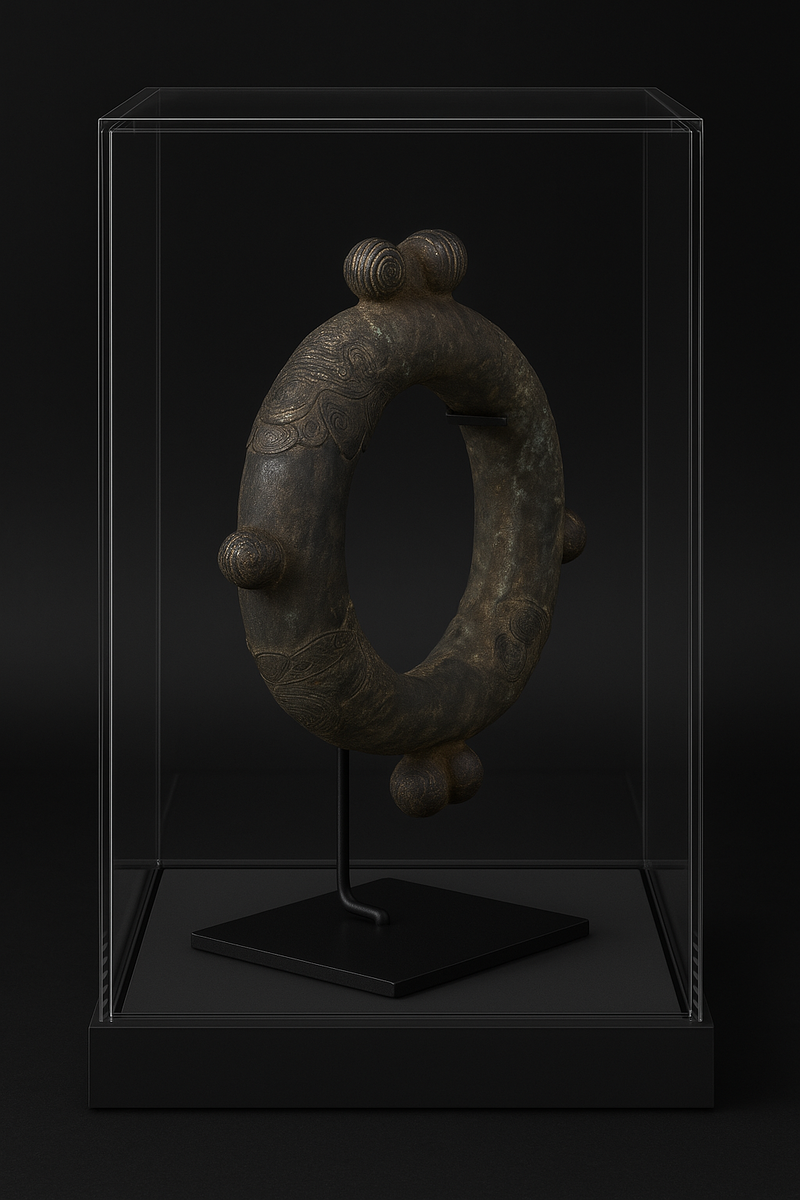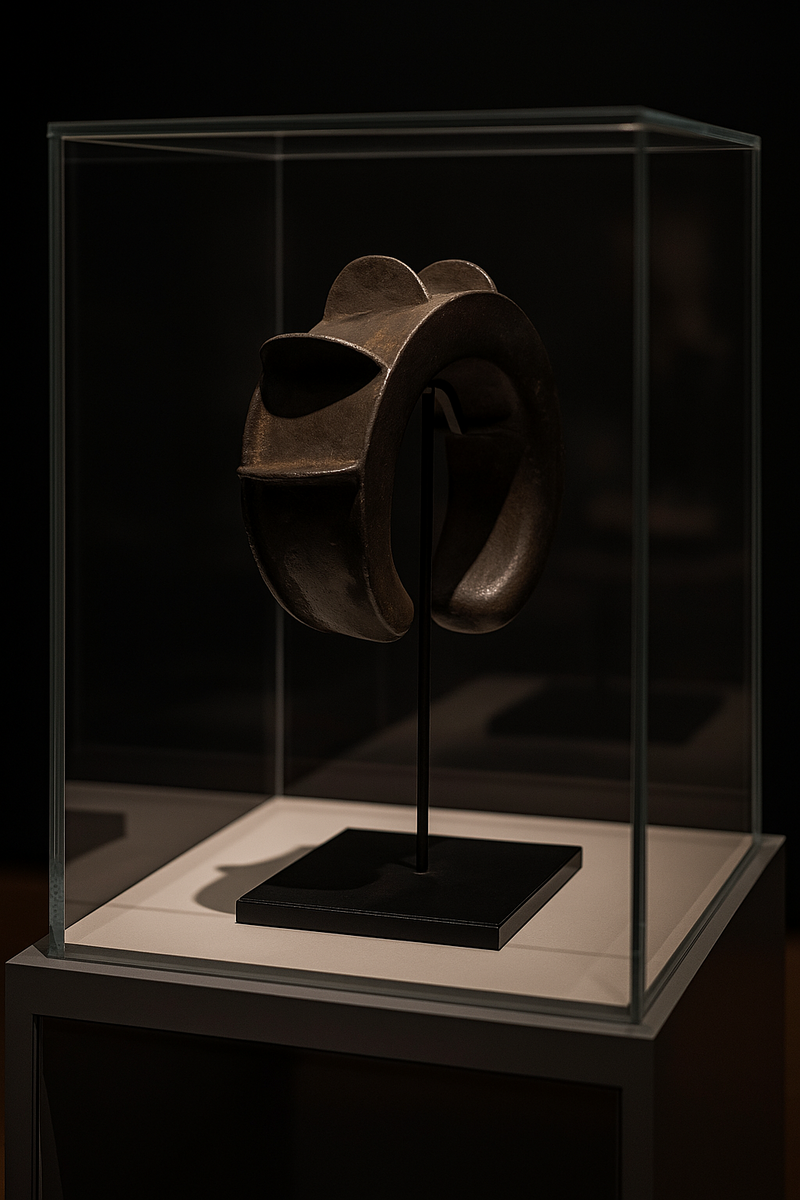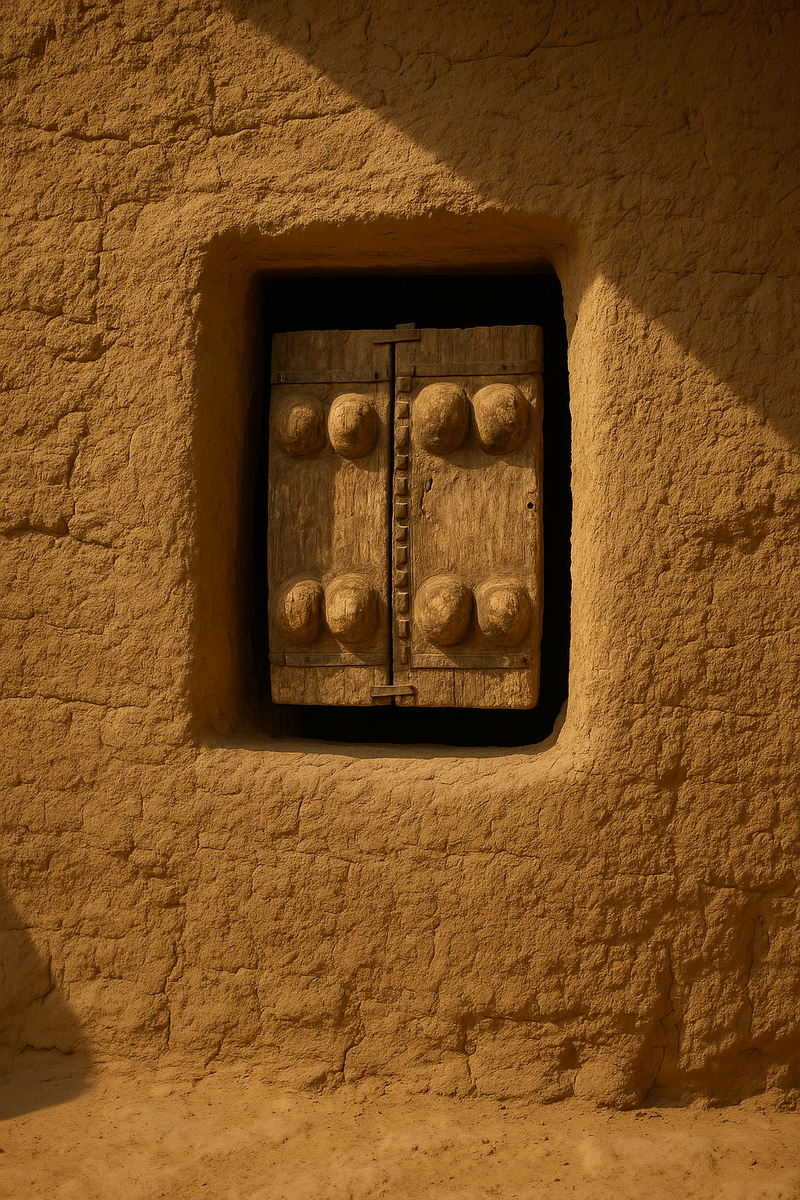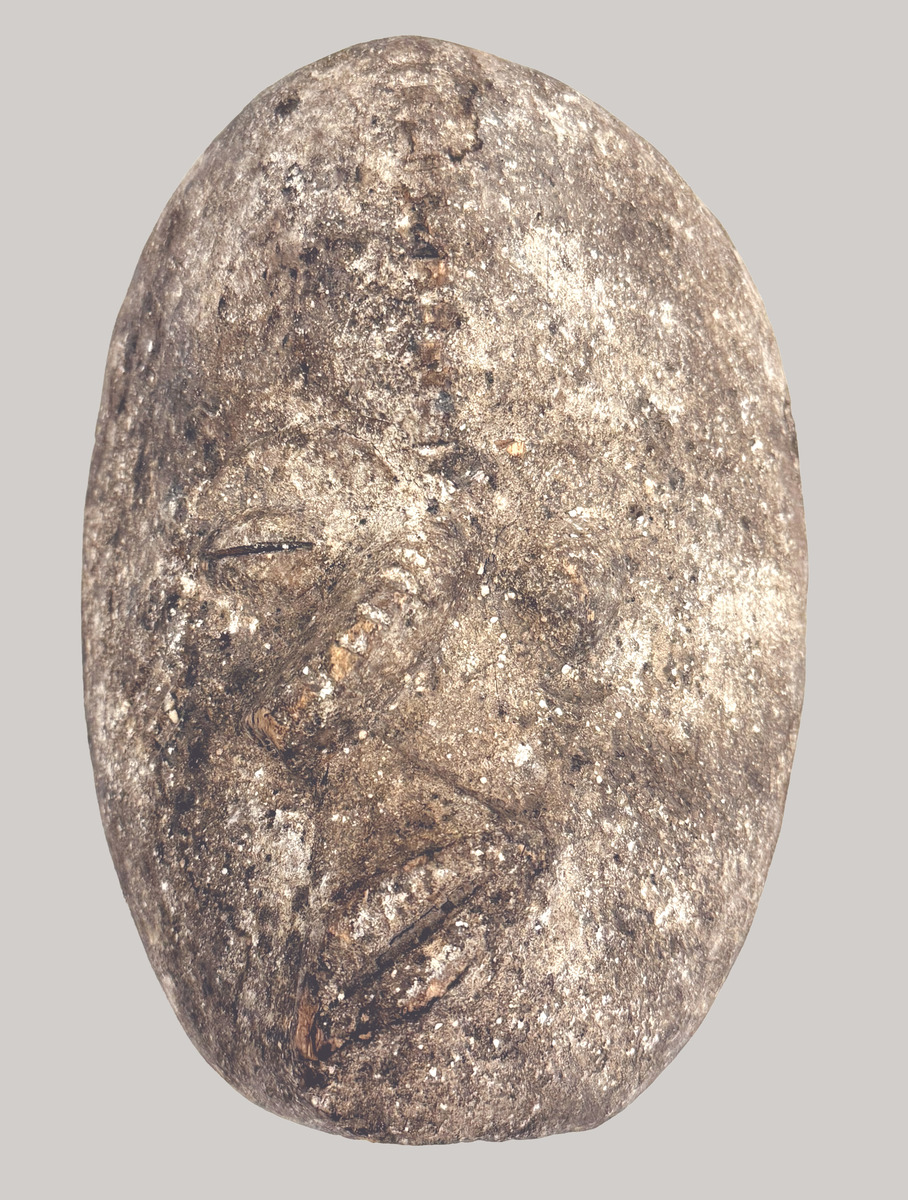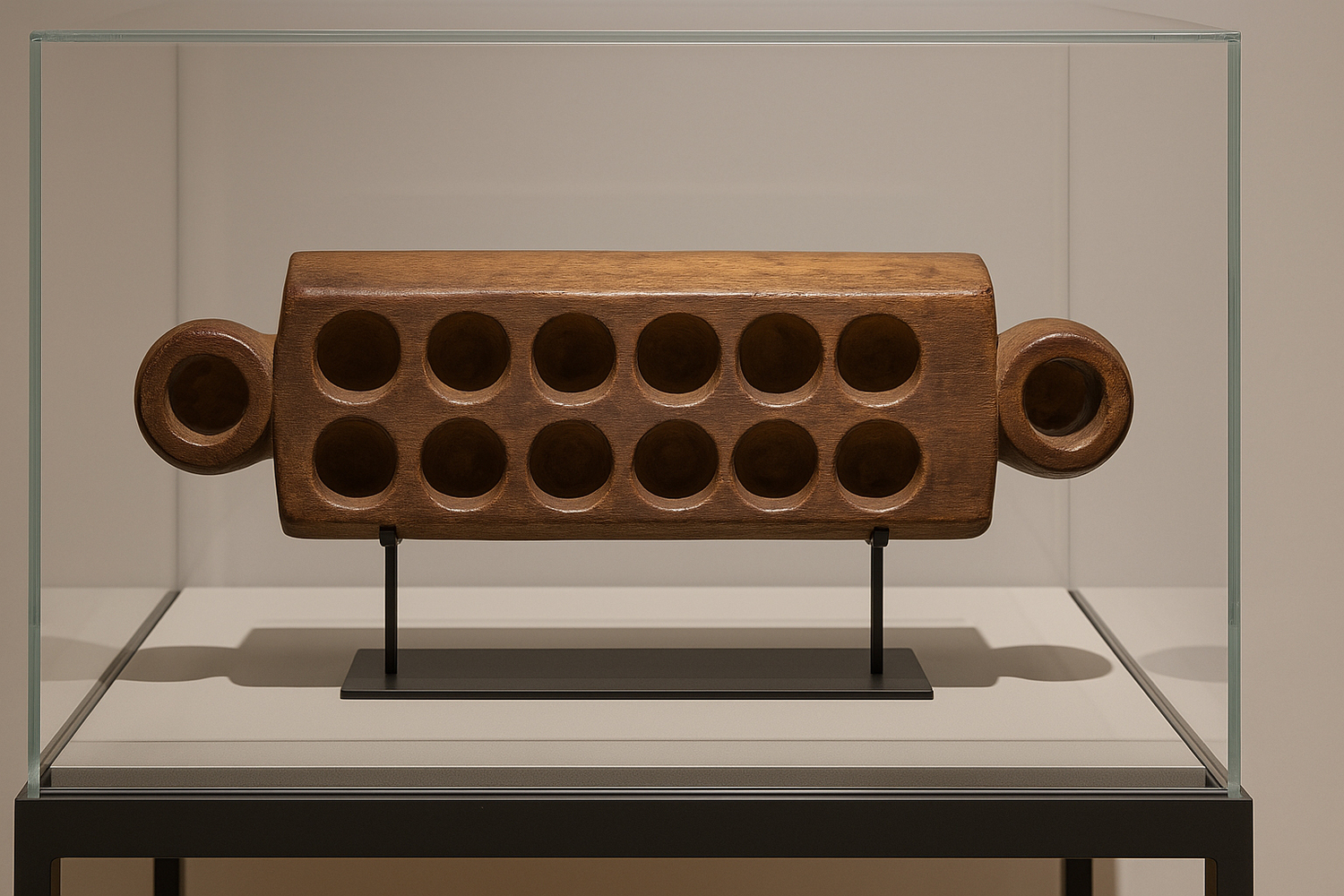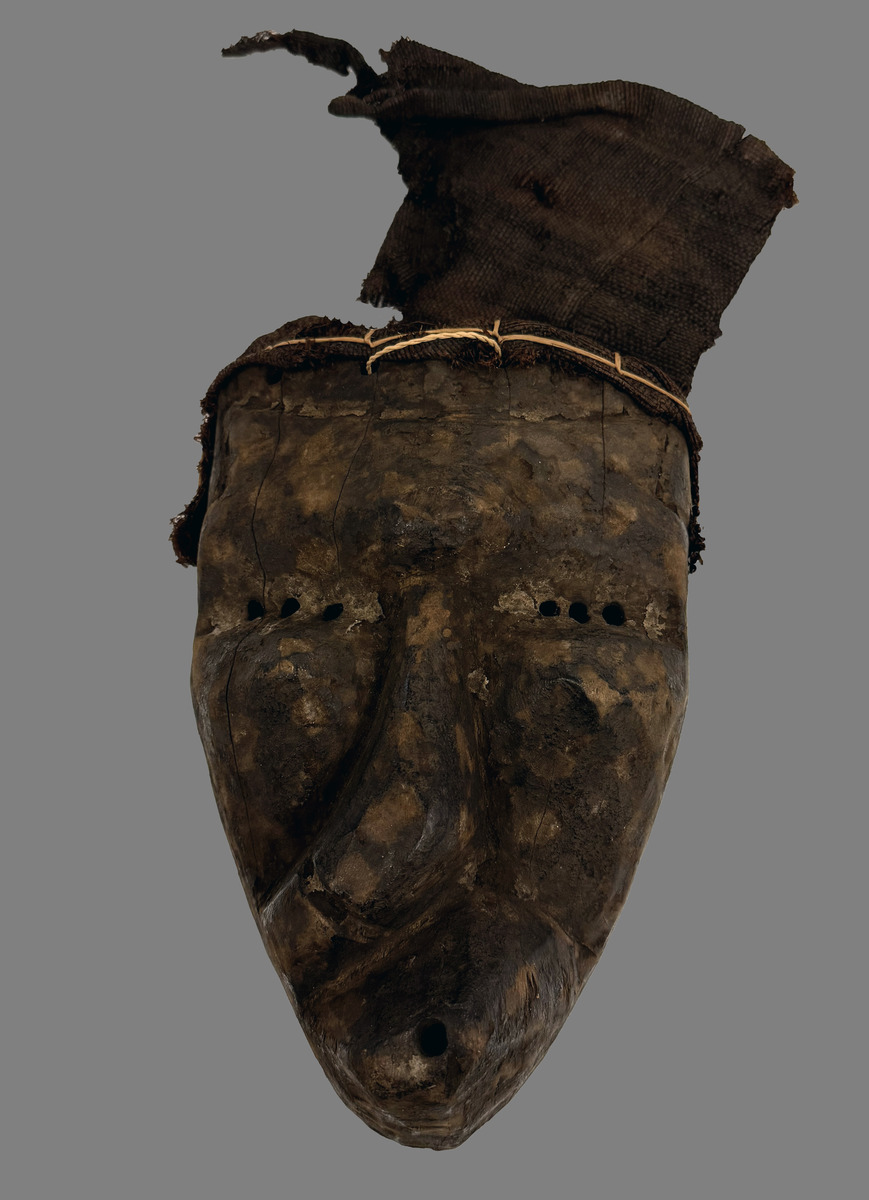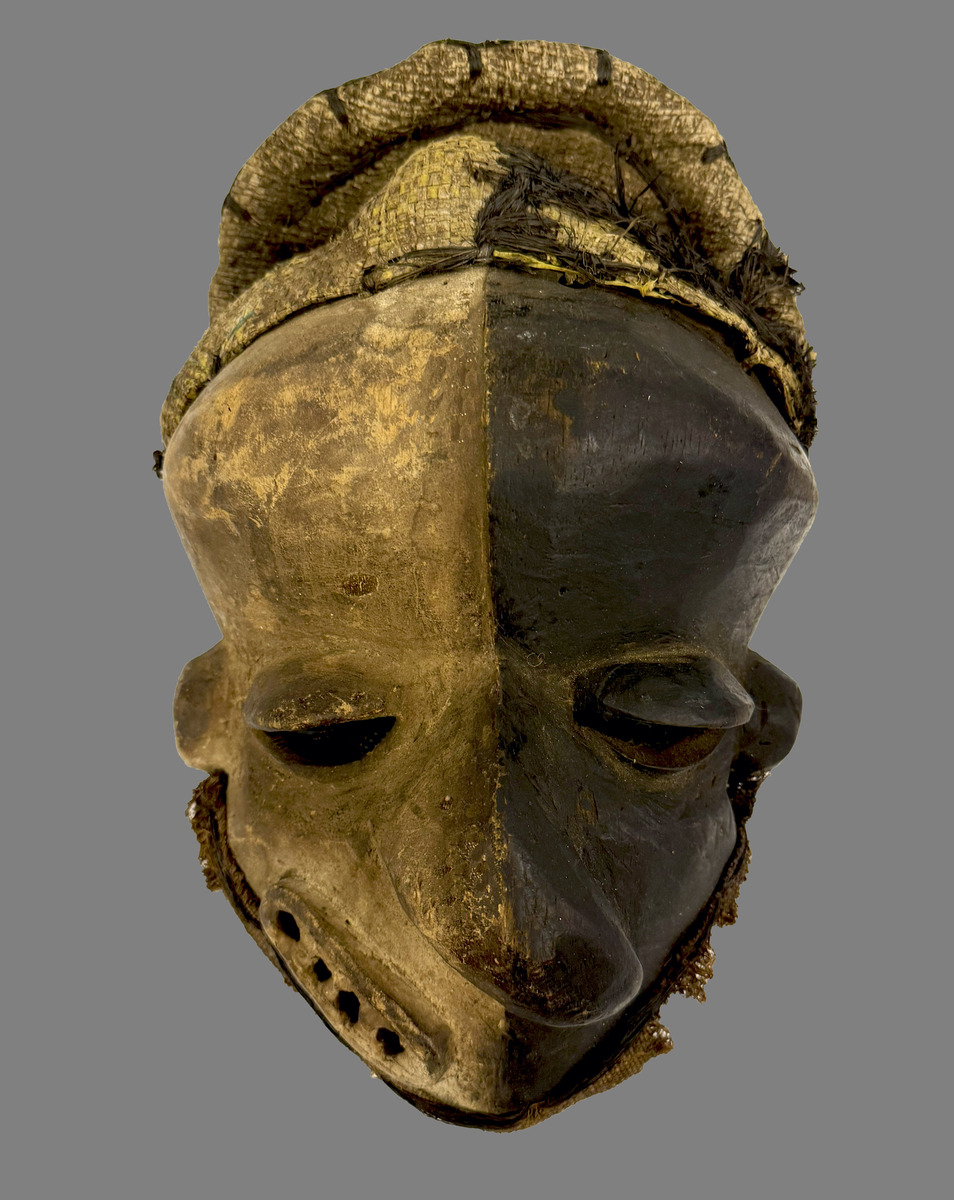Description
This elegantly forged currency blade, crafted by the Lombo or Lokele peoples of the Congo River Basin, exemplifies a unique intersection of function, symbolism, and artistry in precolonial Central African societies. Created in iron and bearing a flared, leaf-like profile with sharply defined edges, the piece embodies both martial and monetary roles—used as ceremonial currency rather than a weapon of war.
These distinctive blade forms, often called “throwing knife currencies” though not typically used in combat, were important forms of traditional wealth. They served as bride price instruments, were exchanged during major life events, and sometimes circulated in trade between villages. The value of such blades was determined by their size, weight, craftsmanship, and regional variations in form, which also denoted ethnic or clan identity.
In Lombo and Lokele culture, blades such as this were closely linked with masculinity, authority, and economic negotiation. To possess such currency was to assert one’s social position and readiness to fulfill communal responsibilities. Blacksmiths who forged these blades were held in high esteem for their metallurgical skill and spiritual connection to the earth’s elemental forces.
With its elongated, tapering shaft rising from a broad, diamond-shaped base, this example achieves a striking balance of geometry and proportion. The surface bears rich patination consistent with its age, testifying to its ceremonial handling and valued role within its community.




